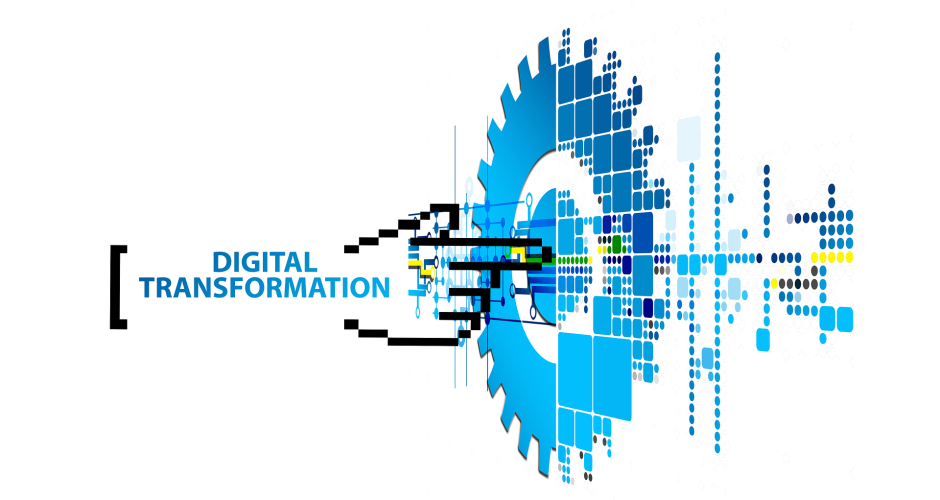The benefits of automating the Accounts Payable (“AP”) function have never been in question. The reason for doing so were never more obvious than over the past 16 months. Organizations that had already completed a digital transformation of AP were better prepared for the harsh realities of a changing world that was thrust upon all of us. The good news for AP leaders planning a transformation initiative is that while it takes time to prepare for the journey, it has never been easier to automate part or all of the AP process. Below are a series of recommendations to help AP leaders on their digital transformation journey.
Begin with a Holistic View of the AP and P2P Processes
Accounts Payable teams contemplating a digital transformation should consider the entirety of the P2P process as a single, continuous entity rather than as distinct pieces. Tight alignment between the AP and procurement functions must exist to achieve optimal success. When procurement and the AP processes are well-aligned from an organizational standpoint, and tightly linked from an automation and process standpoint, they can jointly pursue activities to the benefit of the entire enterprise. A holistic approach to the AP process can help accelerate a department’s move to the next level of performance.
Simplify and Pare Down Processes before Mapping Them to New Technology
Once you’ve selected your technology solution provider(s), it is imperative that your AP team considers how this implementation is going to impact and/or change its processes, and how to re-engineer workflows for maximum efficiency and adoption. If the newly automated process is not intuitive and user-friendly, system users are more likely to bypass important steps, if not the system entirely. While the technology is there to support and automate key invoice and payment processes; the underlying business processes must be clearly defined and well-mapped to the new solution in order to maximize value.
Emphasize Supplier Enablement
While it is important to gain alignment with internal stakeholders such as treasury and procurement, suppliers tend to make or break any AP automation project. The reason for this is simple: suppliers interact most directly with the AP process by the simple act of submitting invoices and receiving payments. If suppliers generally resist a move to adopt a new ePayables solution, the automation project will not achieve its objectives and may ultimately stall or fail. As such, strong supplier enablement is a critical success factor in any AP automation project.
Develop Analytical Capabilities to Drive Business Value
A digital transformation of AP, when done well, can drive the department to a higher level of performance; but there is more to transformation than simply deploying new technology. Accounts Payable automation (ePayables) solutions capture valuable invoice and payment data. But that data will not benefit the enterprise unless it can be easily accessed and used to make an impact on the bottom line. Accounts Payable teams must also develop the analytical capabilities necessary to derive intelligence from the invoice and payment data that an ePayables solution collects.
Define and Track Key Metrics
Another recommendation that can help AP drive performance to the next level is the ability to define key performance metrics and track them consistently. Tracking metrics enables continuous improvement programs to take hold, and can provide organizations with the opportunity to set and achieve proper goals and objectives. Tracking key metrics also allows AP to “course correct” when achieving their objectives is in doubt.
Engage Key Stakeholders Early and Throughout the Process
No matter where the AP function sits on the organizational chart (i.e. part of shared services or part of the finance department), the ultimate success of your ePayables transformation project will depend on support from other groups. The most successful projects include input that is gathered and incorporated from other stakeholders. The list of groups that could be involved in helping to make the ePayables business case may include procurement, finance, treasury, IT, line of business users, and, of course, suppliers.
Conclusion
The opportunity for a digital transformation of AP has never been more appealing or necessary; it has also never been easier. Broad improvements in functionality, usability, cloud technology, integration, cost, and general accessibility over the past decade in the market have combined to provide AP groups with a clear roadmap for improvement. More AP departments (and companies in general) now recognize these advantages, not to mention the necessity of this technology, and have started digital transformation projects to push their operations to the next level of performance. However, an AP automation initiative can be overwhelming and falter without proper planning and execution. So, before you begin your transformation, it is imperative that you develop a comprehensive plan to guide you on your journey.
If you are interested in learning more, consider joining my next webinar discussing the “State of ePayables” in 2021, on June 3rd. Click here or below to register.



Pingback: Payables Place | The State of AP in 2021: Stronger than Ever